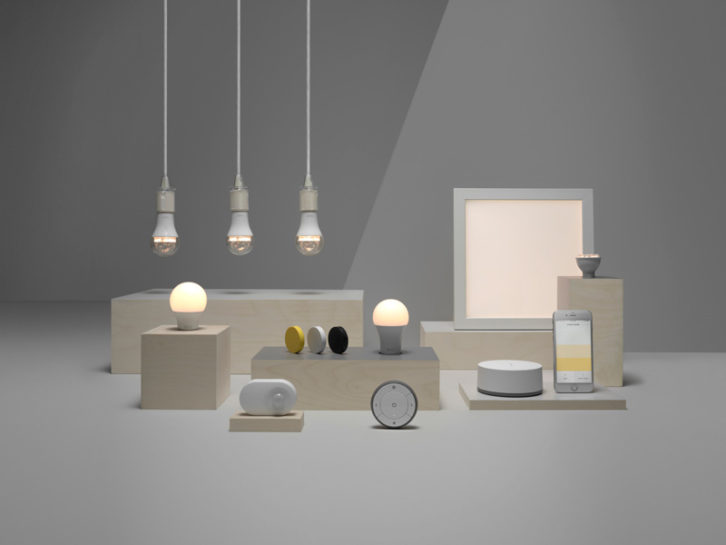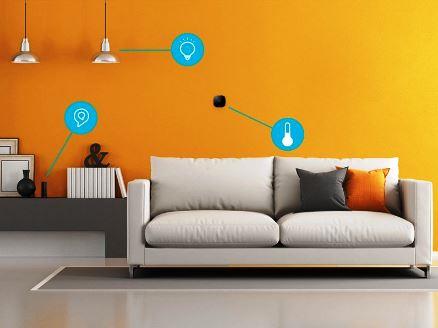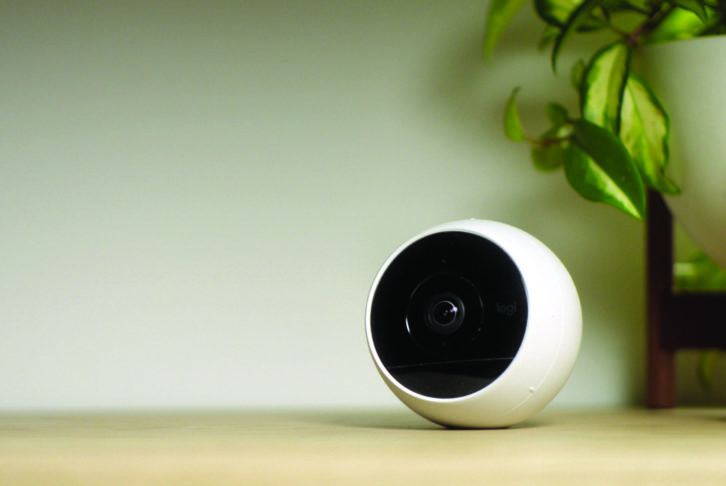We humans are tribal by nature. Naturally, our us v. them tribalism has carried over into technology – AM vs FM, VHS vs Beta, Windows vs Mac, iPhone vs Android, PlayStation vs. Xbox, etc. The smart home market carries on this tech tribalism with equally fierce non-compatible clans.
So how do you decide which of the three major voice-controlled smart home tribes…er, I mean ecosystems – Amazon Alexa, Google Assistant or Apple HomeKit – is right for you?
Your smart home ecosystem decision may already have been made for you. You likely already own some smart gear that is compatible with Amazon, Google or Apple – a smartphone, a smart TV, a smart lock, a Wi-Fi security or doorbell camera, smart bulbs or lights, smart thermostat, smart smoke/CO2 detector, robot vacuum cleaner, smart garage door opener, smart window shades, etc. Survey your current devices. Even if they currently operate via their own distinct smartphone apps, check to see if they also are already compatible with Amazon Alexa, Google Assistant or Apple HomeKit.
See also: What Is A Smart Home?
If you don’t already own a smart speaker – and only around a third of U.S. households do – or any smart devices, Amazon, Google and Apple each has their cost, ergonomic and functional pros and cons. (Our sister site TechRadar recently posted “The Best Smart Speakers 2020” comparison, as well as a “Amazon Echo vs Google Home” showdown.)
To choose the right ecosystem, you want to know three things:
1. How expansive is each ecosystem?
2. How “smart” is each system?
3. Which is best for home security?
While the entry cost for Apple Homekit is pricier than most Amazon Alexa or Google Home/Nest speakers, the majority of smart home components don’t vary much in price from ecosystem to ecosystem.

How Expansive Is Each Ecosystem?
You may start your smart home with one or two devices, but eventually you’ll want to expand with additional devices.
To voice control your smart home, you have to make sure your smart gadgets can hear you anywhere and everywhere in and around your home. Google sells a small variety of Home and Nest Google Assistant speakers, and Apple only one smart speaker for HomeKit, the HomePod. But all Android phones and many smart watches allow you to voice control your smart home, and every Apple mobile device – iPhone, iPad, Watch, AirPod – acts as a HomeKit speaker via Apple’s Siri voice assistant.
Amazon has licensed Alexa to a plethora of smart speaker makers, which means there is an enormous variety of Alexa-compatible smart speakers available in varying sizes, shapes and prices. But, you may not need a separate Alexa smart speaker in every room. Hundreds of smart home gadgets have Alexa built right in. An Alexa-enabled device equipped with both microphone and speaker can answer your questions, play music, control other gadgets, etc., just like a separate Alexa speaker. Or, your device may simply include a microphone to hear your device-specific Alexa control commands.
Not only are there a plethora of Alexa-enabled speakers and gadgets to choose from, Alexa’s compatible product universe is also far larger. According to Amazon, “[t]here are currently more than 100,000 smart home devices that can be controlled with Alexa, from more than 9,500 unique brands.”
As of a year ago, Google says Assistant “works with more than 30,000 devices from over 3,500 home automation brands.” That number has likely increased, but Google still has a long way to go before achieving equity with the Alexa-compatible universe of products.
HomeKit lags far behind both Amazon and Google in the number of brands producing compatible products. According to Apple, “[o]ver 100 brands worldwide are committed to providing accessories that are compatible with the HomeKit framework, and the number available is growing every day.”
How Smart is Each Smart Home Ecosystem?

While there may be a lot more Alexa-compatible products, Google Assistant can not only perform more smart home actions, but has been judged smarter overall.
According to Google, Assistant can perform more than a million actions, while Amazon celebrated around a year ago that it had surpassed 100,000 “skills.”
Not only can Google Assistant do more smart home stuff, it’s also been smarter than Alexa overall. According to the latest voice assistant IQ test conducted by venture capital company Loup Ventures, “Google Assistant answered 93% of the 800-query test questions correctly compared to 83% for Siri and 80% for Alexa.” These results make perfect sense; after all, Google is a search company. However, some reporting in the last year has indicated that Alexa has closed the intelligence gap. Amazon, Google and Apple are continually striving to make their ecosystems smarter and more responsive, even primitively conversational.
Google Assistant is also more lingually adroit than Alexa. According to Globalme, a language and technology company, Alexa understands eight languages while Google is fluent in 13, each with varying dialects. HomePod is the most multilingual among the voice assistants, however, able to react to queries in 21 languages, plus distinct dialects in each.
Surprisingly, given Alexa’s connection to Amazon shopping, Google was also judged superior when it came to conducting commerce via voice. According to Loup Ventures, “Google Assistant correctly answers more questions about product and service information and where to buy certain items, and Google Express is just as capable as Amazon in terms of actually purchasing items or restocking common goods you’ve bought before.”
Which Is Best For Home Security?
Being able to order your lights on or off, your window shades up or down, or set your home’s temperature is really convenient. But your smart home ecosystem decision may rest with how smartly secure you can make your home.
Both Amazon and Google offer DIY smart security options, both via third-party compatible devices, acquisitions or partnerships with existing home security product vendors, and liaisons with professional monitoring companies.
If home security is driving your smart home ecosystem decision, then Amazon holds an edge over Google.

From a product and price point-of-view, Amazon offers a far wider variety of smart home security equipment options for less money thanks to its acquisition of doorbell cam pioneer Ring in April 2018. For instance, Google sells a single Nest Secure starter kit for $399; the comparable Ring Alarm bundle is $150 less. Plus, while there’s only the single Nest Secure bundle, there are five Ring Alarm bundles, including one for $329.99 that covers around twice as much physical space in your home as the Nest Secure kit.
Ring also offers home monitoring price and function advantages. Ring Protect’s 24/7 professional monitoring costs just $10 a month; Google partners with Brinks, which charges three times as much.
In addition to cheaper home monitoring, Ring adds its Neighbors by Ring feature, which lets you share security footage and security alerts with owners of Ring doorbell and security cameras living around you and with local law enforcement.
However, in early August, Google bought a share of home security giant ADT. A Google-ADT partnership could substantially alter Google’s smart home security competition with Ring and Amazon.
Your Final Decision
Your home will get immeasurably smarter by installing any of the three major smart home ecosystems. There may be differences in how many smart gadgets you can add-on, how relatively smart each ecosystem is, and how secure each can make your home, but your ecosystem decision is likely to come down to exactly what specific functions you want your smarter home to perform.
See also: What Is A Smart Home
from TechRadar - All the latest technology news https://ift.tt/3afVHMt
